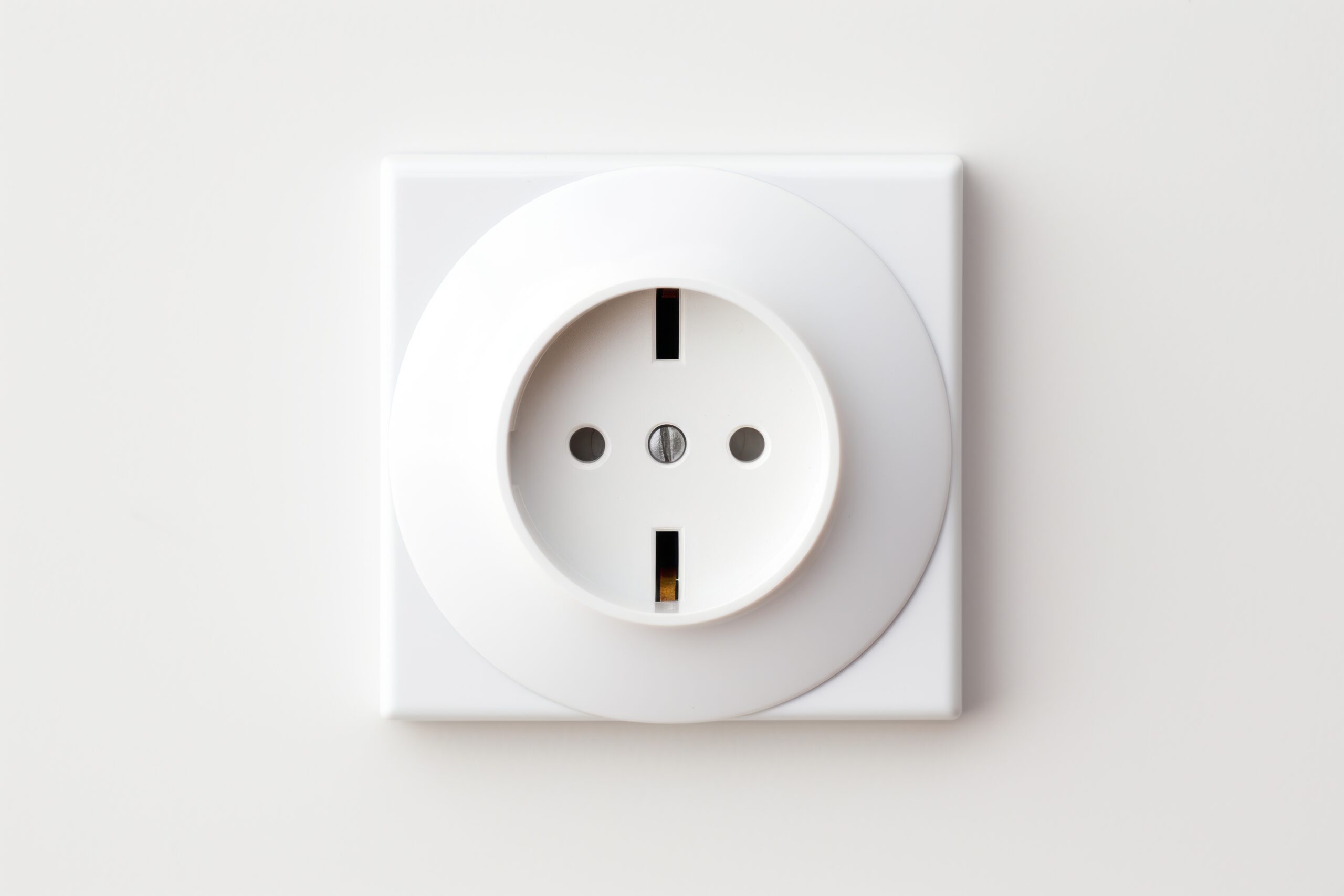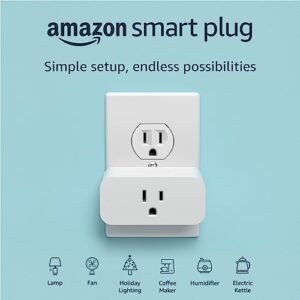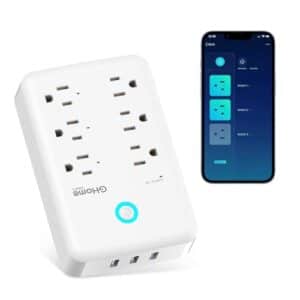How to Connect a Smart Plug to Wi-Fi?
Key Takeaways
- Following the manufacturer’s instructions is the best way to connect a smart plug to Wi-Fi
- Downloading a compatible app for the smart plug and following the pairing process outlined in the app is another method to connect a smart plug to Wi-Fi
- When troubleshooting Wi-Fi connection issues, make sure to use a compatible 2.4 GHz Wi-Fi network, check router settings, disable VPN or ad-blocker software, ensure the smart plug is within range, grant necessary permissions to the app, check for firmware updates, try resetting the smart plug, try using AP mode, and contact customer support if needed
Connecting a smart plug to Wi-Fi allows you to control your devices remotely and integrate them into your smart home ecosystem. But how exactly can you connect a smart plug to your Wi-Fi network? In this article, we will explore the various methods and steps involved in connecting a smart plug to Wi-Fi.
Method 1: Follow the Manufacturer’s Instructions
The best way to connect a smart plug to Wi-Fi is by following the manufacturer’s instructions provided with the smart plug. Different manufacturers may have slight variations in their setup process, but the general steps are as follows:
- Download the companion app for your smart plug from the Google Play Store or Apple App Store.
- Plug your smart plug into an outlet within the range of your wireless router.
- Connect your smartphone to your home Wi-Fi network.
- Launch the companion app and search for new smart plugs on your network. If not found, use the app menu to add a new smart plug.
- The app will recognize the smart plug’s Wi-Fi hotspot and prompt you to select your home network.
- Choose your home Wi-Fi network and enter the network password.
- The app will pass the Wi-Fi login credentials to the smart plug and test the network connection.
- Once the smart plug connects to your Wi-Fi network, it will appear in the app’s list of devices.
- If a firmware update is required, initiate the update process.
- After the update, you can start using your smart plug to control devices.
Method 2: Download a Compatible App
Another method to connect a smart plug to Wi-Fi is to download a compatible app for your smart plug and follow the pairing process outlined in the app. Here are the general steps:
- Download the app specific to your smart plug from the Google Play Store or Apple App Store.
- Plug your smart plug into an outlet within the range of your wireless router.
- Connect your smartphone to your home Wi-Fi network.
- Open the app and follow the prompts to add the smart plug as a new device.
- Ensure that your mobile device is connected to the same Wi-Fi network as the smart plug.
- Use the app to search for available smart plugs and select the one you want to connect.
- Follow the on-screen instructions to enter your Wi-Fi network details, including network selection and password.
- Once the smart plug successfully connects to your Wi-Fi network, it will be ready to use.
Method 3: Troubleshooting Wi-Fi Connection Issues
While connecting a smart plug to Wi-Fi is generally a straightforward process, you may encounter some issues along the way. Here are some common troubleshooting tips:
- Make sure you are using a compatible 2.4 GHz Wi-Fi network, as most smart plugs do not support 5 GHz networks.
- Check your router settings to ensure they allow for new device additions.
- Disable any VPN or ad-blocker software on your mobile device, as they may interfere with the connection.
- Make sure the smart plug is within range of your Wi-Fi network.
- Grant necessary permissions to the app, such as location and Bluetooth, for a seamless connection.
- Check for firmware updates for the smart plug, as they may address connectivity issues.
- If the issue persists, you can try resetting the smart plug and reconnecting it to your Wi-Fi network.
- If available, try using AP mode, which allows you to directly connect your mobile device to the smart plug’s Wi-Fi network during setup.
- If all else fails, consider trying the setup process with a different mobile device or contacting customer support for assistance.
Conclusion
Connecting a smart plug to Wi-Fi is a relatively simple process that can enhance the convenience and control of your smart home devices. By following the manufacturer’s instructions or using a compatible app, you can easily integrate your smart plug into your Wi-Fi network. Remember to troubleshoot any connectivity issues that may arise and enjoy the benefits of remotely controlling your devices.
Related Websites:
- Connect Smart Plug to Wi-Fi – LifeWire
- Best Smart Plugs – Tom’s Guide
- How to Connect Smart Plug to Wi-Fi – Smart Home Ways
- Set Up Your New Smart Plug in Minutes – CNET
- Connecting Kasa Smart Plug to a New Wi-Fi Network – Smart Home Devices
- Smart Plug Won’t Connect to Wi-Fi – Smart Home Ways
- Smart Plug Won’t Connect to Wi-Fi – The Home Guide Pro
FAQs:
Q: What are the benefits of using a smart plug?
Smart plugs offer convenience and control by allowing users to remotely turn on/off their devices, schedule their usage, and monitor energy consumption. They also provide added safety by allowing users to set timers and prevent electrical hazards.
Q: How do I check the compatibility of a smart plug with my home network and smartphone?
To check compatibility, refer to the smart plug’s product specifications or consult the manufacturer’s website. Ensure that the smart plug supports your home network’s Wi-Fi standard (e.g., 2.4GHz) and is compatible with your smartphone’s operating system (e.g., iOS or Android).
Q: What can I do to improve Wi-Fi signal strength for successful smart plug installation?
To improve Wi-Fi signal strength, try positioning your Wi-Fi router in a more central location, away from obstructions. Additionally, avoid interference from other devices by minimizing the distance between your smart plug and router. Consider using Wi-Fi extenders or mesh systems to enhance coverage.
Q: Why is firmware update important for a smart plug?
Firmware updates provide bug fixes, security enhancements, and new features for smart plugs. Regularly updating the firmware ensures optimal performance, compatibility with new devices, and protection against potential vulnerabilities.
Q: What other features and benefits can I expect from a smart plug?
In addition to remote control and scheduling, smart plugs often offer energy monitoring, voice control compatibility with virtual assistants, and integration with smart home ecosystems. They provide an easy entry point into creating a fully automated and efficient smart home.






